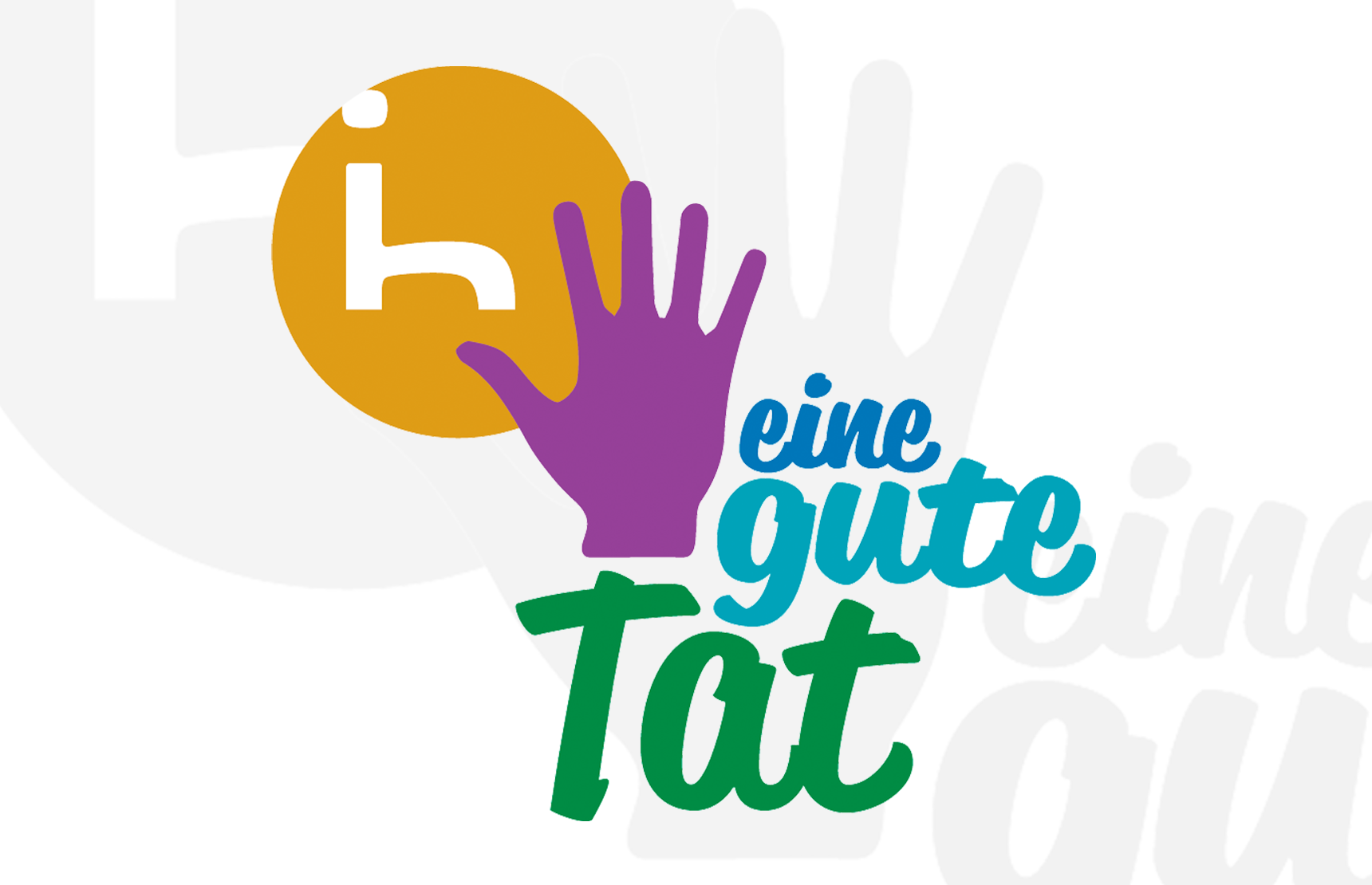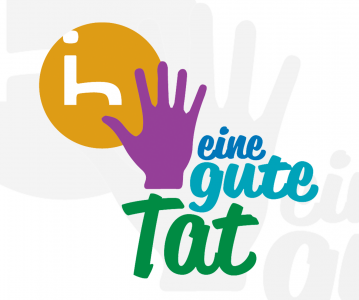Biomolecular Modelling Course
Today started with the third installment of Dr. Leonhard Henkes’ “Eine Gute Tat” courses. Returning to the MINT Garage, Leonhard had the chance to meet seventeen 10th graders from across the school district. The majority of the nearly young adults were girls. Only two boys entered the course.
With a high interest for biology and chemistry in general, they wanted to learn more about proteins, pharmacology and “how drugs work”. In addition, Leonhard spoke about the current pharmacological revenue system, and how R&D works nowadays in labs and in silico. With skyrocketing software costs per month, long development cycles from the first hit to clinical phase III and the high investments of currently more than 2.5 $billion per drug, this was of high interest to the pupils.
To get hands on, Leonhard used a professional software package for biomolecular modeling, which the software vendor agreed to provide for free in the context of our “Eine Gute Tat” program. Following Leonhard’s tutoring, the pupils got familiar with the software. Then, everybody got deep into biomolecular modeling, the the excited students learned how the reaction of splitting up lactosis into glucosis and galactosis can be visualized at the binding site of lactamase.
After this warm-up, the course went deeper into the subject matter – and learned how Aspirin is able to block the binding of prostaglandin to COX2. Last but not least, a virtual screening was done, allowing the pupils to make use of techniques like docking, to get a small ranking of their own molecular structures. “The 5 hours were really well spent.”, says Dr. Leonhard Henkes from the inhive Group. “Despite its importance in today’s drug development, computational science is really underrepresented in our standard school agenda. It was great to see how much fun the pupils had – and how much everybody was able to learn in such a short amount of time.”
Who knows – maybe this inspired a talented young adult to seek a professional career in science? We certainly hope so.


